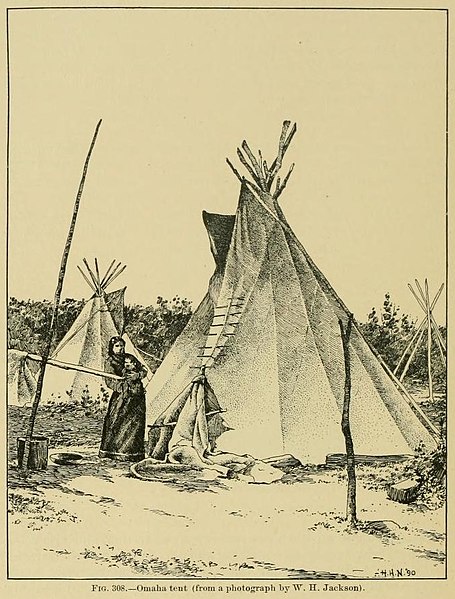Susan La Flesche Picotte was a Native American medical doctor and reformer and member of the Omaha tribe. She is widely acknowledged as one of the first Indigenous people, and the first Indigenous woman, to earn a medical degree. She campaigned for public health and for the formal, legal allotment of land to members of the Omaha tribe.
Dr. Susan La Flesche Picotte
The Missouri River near the Omaha Indian Reservation
The first building that housed the Woman's Medical College of Pennsylvania, c. 1850
Early photo of Susan La Flesche Picotte
The Omaha Tribe of Nebraska are a federally recognized Midwestern Native American tribe who reside on the Omaha Reservation in northeastern Nebraska and western Iowa, United States. There were 5,427 enrolled members as of 2012. The Omaha Reservation lies primarily in the southern part of Thurston County and northeastern Cuming County, Nebraska, but small parts extend into the northeast corner of Burt County and across the Missouri River into Monona County, Iowa. Its total land area is 307.03 sq mi (795.2 km2) and the reservation population, including non-Native residents, was 4,526 in the 2020 census. Its largest community is Pender.
Omaha tribal dancer
Little Snake, an Omaha interpreter.
Omaha tipi. The Omaha earth lodge was substituted with a moveable tipi during hunts on the open plains.







